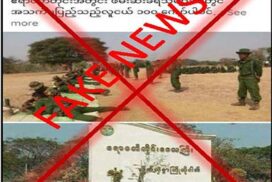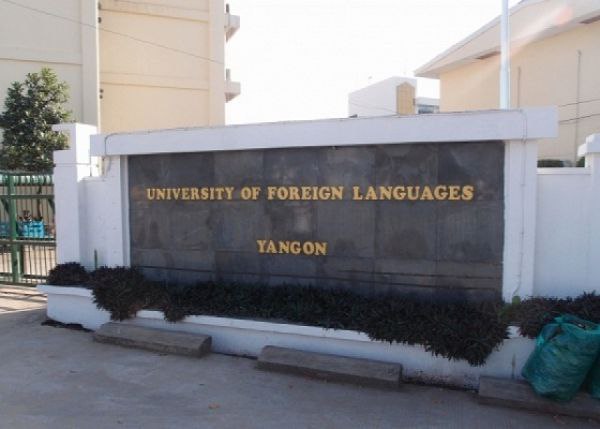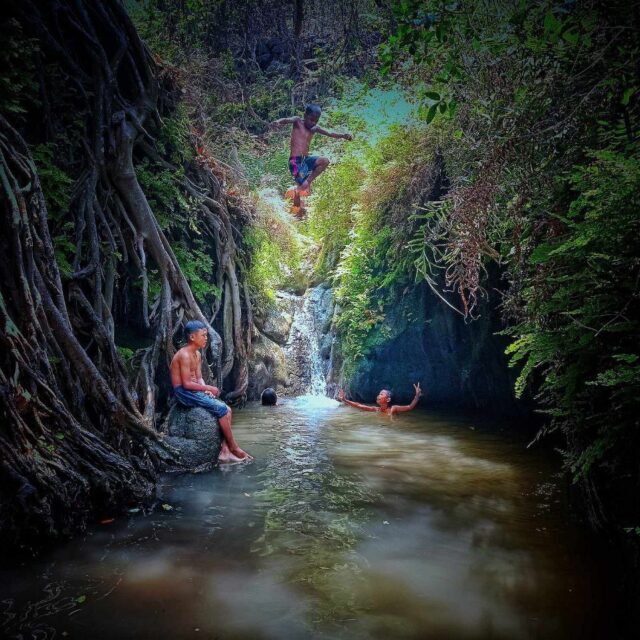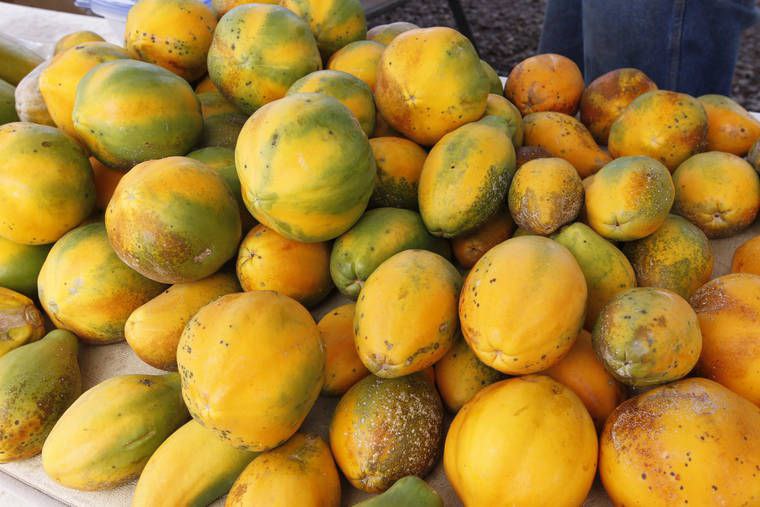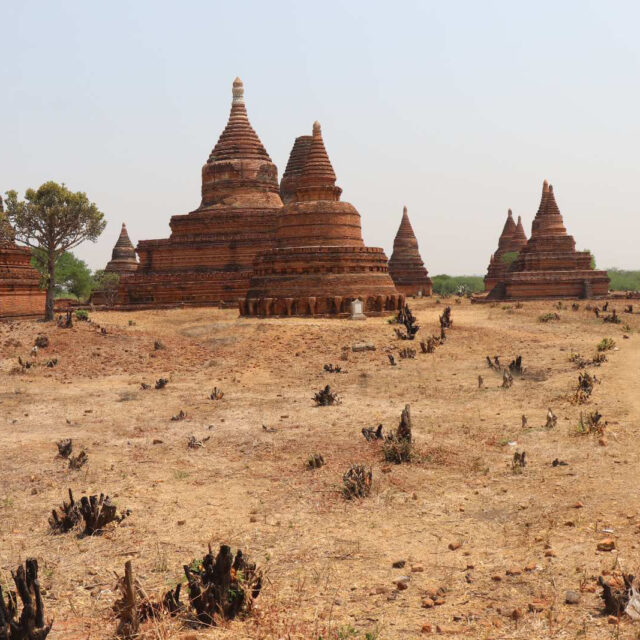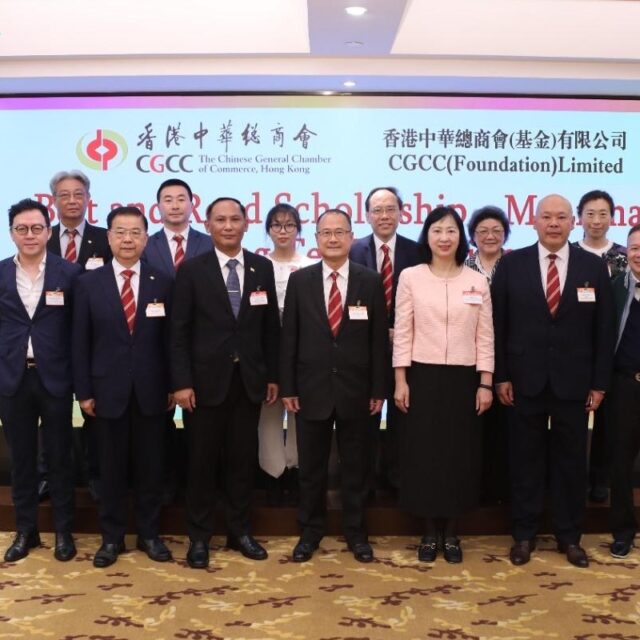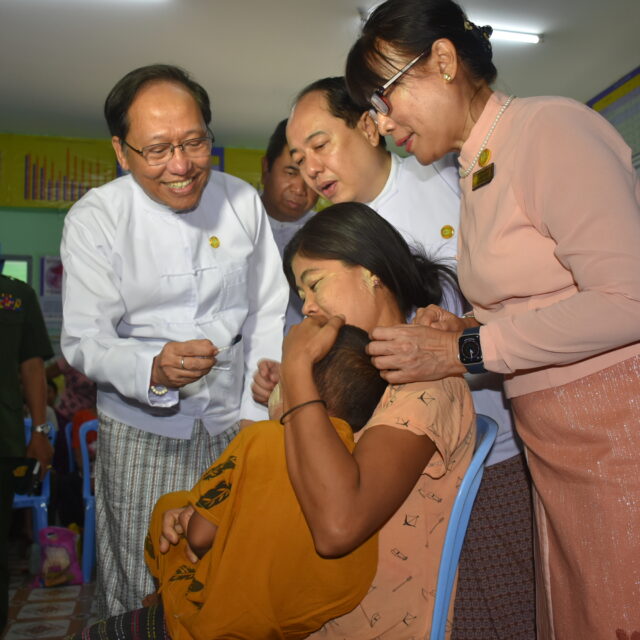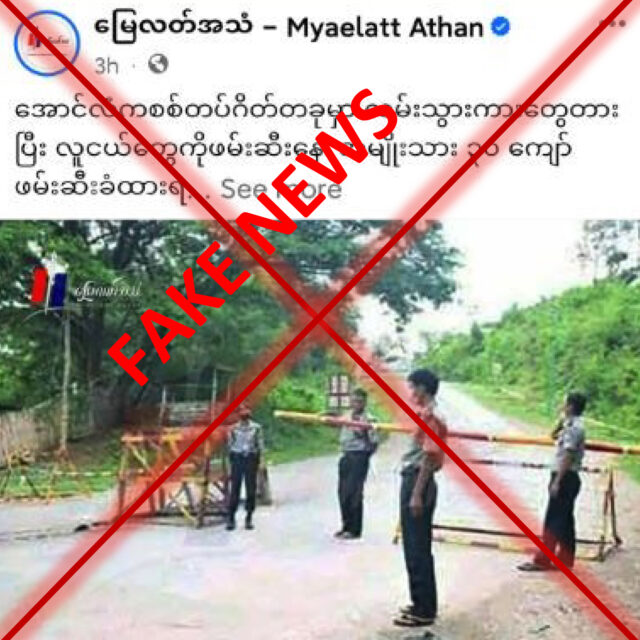The UNESCO, one of the United Nation’s agencies, defines the tangible cultural heritages as physical artefacts produced, maintained and transmitted inter-generationally in society and the intangible cultural heritages as practices, representations, expressions, knowledge, skills of playing instruments, objects, artefacts and cultural spaces.
People from every country adore their tangible and intangible heritages. So, they are trying to flourish the heritages with firmed plans to take recognition from the UNESCO over their tangible and intangible culture. The objects of tangible cultural heritages include artistic creations, buildings and monuments, and other physical or tangible products of human creativity that are invested with cultural significance in society.
Meanwhile, intangible cultural heritages comprise the practices, representations, expressions, knowledge, skills as well as the instruments, oral traditions, performing arts, local knowledge, and traditional skills. Various intangible objects and events are being preserved in respective countries, for example, traditional banking in Vanuatu, oral poetry in Yemen, Tham Roc puppetry in Vietnam, and Cocolo dancing in the Dominican Republic.
Nowadays, both kinds of heritages can be seen and found across Myanmar. Tangible cultural heritages such as religion-related monuments, ancient city-states, more than 100 years old buildings and structures and so on can be seen across the nation.
Officials concerned collected 1,800 items of intangible cultural heritage which are 78 items of oral traditions, 461 items for performing arts, 561 festivals for social practices and rituals, 104 for knowledge for nature and universe and 596 items for traditional craftsmanship including 393 items from the Shan State.
All ethnic nations have to preserve their own tangible and intangible cultural heritages and hand over them to posterity. They need to hand over the practices and techniques of operating the heritage to new generations. Moreover, no matter how UNESCO recognizes the cultural heritages as tangible and intangible ones, the people should join hands with the government to preserve the tangible cultural heritage. It is because these heritages were left as fine traditions by forefathers of ethnic nationals.
As the preservation of cultural heritage means serving the national duty, all the ethnic nationals are responsible for the preservation of the heritage to ensure the perpetual existence of the Republic of the Union of Myanmar.
As the preservation of cultural heritage means serving the national duty, all the ethnic nationals are responsible for the preservation of the heritage to ensure the perpetual existence of the Republic of the Union of Myanmar.


